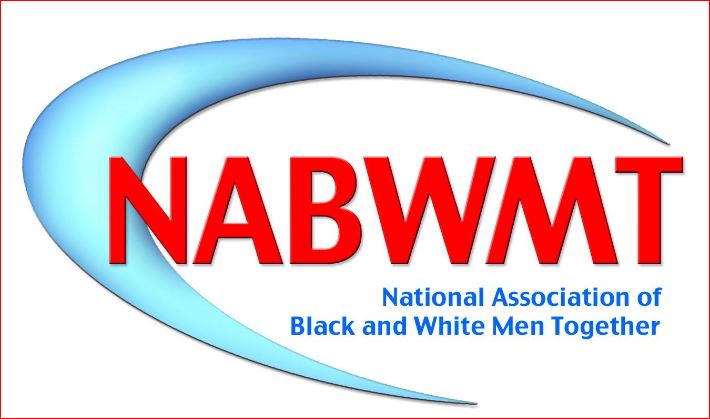
African-Americans who chose automobile travel to escape “colored-only” trains still had the indignity of Jim Crow. Motels and rest stops deprived them of places to rest and sleep were a fact of life.
The Oscar nominated film of the same name as this podcast, depicts a good example of this.
The film is named after The Negro Motorist Green Book, a mid-20th century guidebook for African-American travelers written by Victor Hugo Green, to help them find motels and restaurants that would accept them.
Set in the Deep South in the 1960s, it follows a tour between African-American classical and jazz pianist and an Italian-American who serves as the pianist driver and bodyguard.
In my naïveté, I said we had plenty of rooms to fill and that the driver could stay at the Downtowner, adding that it would be convenient for the driver and salesman to stay at the same hotel.
The New York Times published a series of letters of actual accounts of similar events. I have abstracted a number of them.
“In the early 1960s, before the passage of the Civil Rights Act of 1964, I drove from my home in Houston to El Paso to attend an Army Reserve Officers two-week summer training camp at Fort Bliss. While there I met an African-American officer from Houston and we became friendly. Unfortunately I had to fly home without delay and I asked my new friend to drive my car the 750 miles back to Houston at the end of the camp. He hesitantly agreed. Upon retrieving my car at my friend’s home in Houston, I asked him why he had been reluctant. He replied, “Didn’t you know that there is no place between El Paso and Houston where I could get a room or have a meal?”
And here is another.
“My mother’s uncle, James Herman Banning, and his mechanic, Thomas C. Allen, became the first black pilots to fly across America, in 1932. Before they flew out of Los Angeles headed to Long Island, they plotted their route so that they would land in towns that had a black community. The trip required 21 days to complete because the pilots had to raise money for the next leg of the trip each time they stopped”.
“Sometimes they had forced landings in “sundown towns,” which proved to be challenging. Other times they had forced landings in a white farmer’s field; seeing two black pilots flying a biplane shocked the white folks into sympathy rather than racist outrage. They made their way successfully to Long Island using their version of a “Green Book” for black pilots”.
And a third
“A friend tells the story of how her African-American father and mother, who had a medical degree and a doctorate, respectively, traveled from Ithaca, N.Y., to New York City in 1939 to visit the World’s Fair. After a pleasant and exhausting day touring the fair, no Midtown hotel would offer them a room”.
“Finally, as they passed the Taft Hotel, the doorman recognized the doctor from medical school. (Many college-educated African-Americans were unable to find employment in the fields in which they trained.) He offered to find them a room if they came back later that night. Climbing up the back stairway, the couple were able to secure a night’s lodging”.
